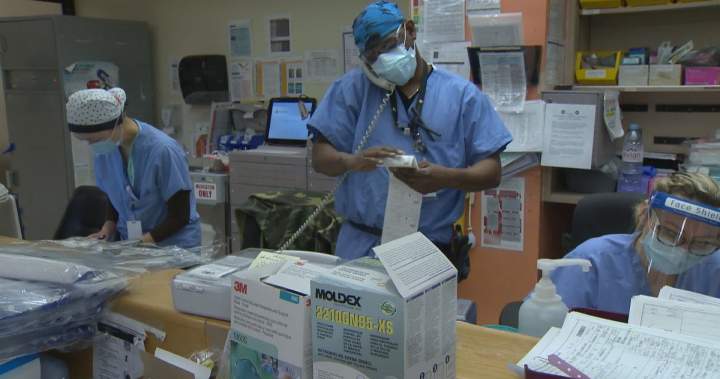In the sprawling prairies of rural Saskatchewan, a healthcare transformation is quietly taking shape. The provincial government announced this week that its healthcare workforce has grown by 4,000 professionals since 2007, marking a significant turning point for communities that have long struggled with medical staff shortages and limited access to care.
The expansion comes as part of Saskatchewan’s Health Human Resources Action Plan, launched in 2022 amid growing concerns about the sustainability of healthcare services in less populated regions. Premier Scott Moe, speaking at a community center in Swift Current, highlighted the province’s commitment to bolstering healthcare accessibility across rural communities.
“Every Saskatchewan resident deserves quality healthcare, regardless of their postal code,” Moe stated during the announcement. “The addition of these healthcare professionals represents our ongoing commitment to strengthening services where they’re needed most.”
The workforce growth includes significant increases in several critical categories. According to provincial data, Saskatchewan has added 1,200 more nurses and 500 additional physicians since 2007. The expansion also includes specialized roles such as continuing care assistants, paramedics, and allied health professionals – positions that form the backbone of comprehensive healthcare delivery.
Rural Health Minister Everett Hindley emphasized that the initiative addresses not just quantity but also quality and retention of healthcare providers. “We’re not just filling positions temporarily,” Hindley explained. “We’re creating sustainable healthcare ecosystems in rural communities that encourage professionals to put down roots and build careers here.”
The province has implemented several strategic approaches to achieve this growth. Financial incentives, including targeted bursaries for students from rural communities, have helped attract new graduates to underserved areas. Saskatchewan has also expanded its international recruitment efforts, bringing in qualified healthcare professionals from abroad while streamlining the credentialing process.
Saskatchewan Medical Association President Dr. Annette Epp acknowledged the progress while noting ongoing challenges. “The increased numbers are encouraging, but distribution remains a concern,” Dr. Epp said. “Some communities still face significant staffing shortages that require continued focus and innovation.”
The expansion has already yielded tangible benefits for rural residents like Eleanor Pawchuk of Meadow Lake. “Two years ago, I would have had to drive three hours to see a specialist,” Pawchuk shared. “Now that service is available right here in our community hospital once a month. It’s made a world of difference for seniors like me.”
Healthcare education has played a pivotal role in the workforce growth. The Saskatchewan Polytechnic and the University of Saskatchewan have expanded their rural-focused training programs, creating pathways for students to gain experience in smaller communities during their education. This approach has proven effective in encouraging graduates to consider rural practice upon completion of their studies.
The province’s digital health initiatives have complemented the workforce expansion. Virtual care options have extended the reach of specialists to remote areas, while electronic health records have improved continuity of care for patients who may see different providers across various facilities.
Despite the positive trends, challenges remain. Housing availability, professional isolation, and limited opportunities for spouses are frequently cited barriers to recruitment and retention in the smallest communities. The provincial government has indicated plans to address these factors through community development grants and expanded broadband connectivity to support remote work options for healthcare providers’ family members.
As Saskatchewan continues to navigate its healthcare transformation, the question emerges: could this rural-focused approach serve as a model for other provinces facing similar challenges in delivering equitable healthcare across vast geographic regions?
For more information on healthcare developments across Canada, visit Canada News and CO24 News.










